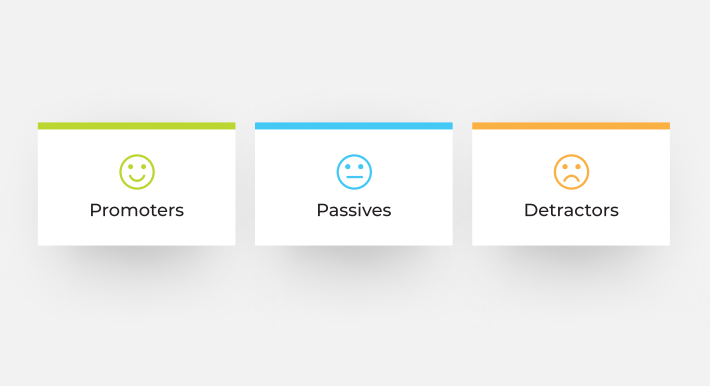Fairly obviously, we’re big believers in the power of customer feedback. If you want to be truly customer-centric, then knowing what your customers actually think is vital. But if you’ve never asked for feedback before, then it may not be immediately clear how it fits into your business.
Getting instant, actionable feedback doesn’t have to be complicated – it can be incorporated into existing channels and processes to enable you to gather the most insights possible. Below, we’ve outlined how the feedback process works – and it can easily fit into your business.

It’s all about the touchpoints
Depending on the type of business you have, feedback can be gathered at a number of different touch points based on what’s appropriate. SMS, Email, WiFi, App, Receipt… If your customers are interacting with you via a certain touchpoint then, in most cases, a feedback invitation can easily be triggered and sent via that touchpoint.
For a retail business, for example, it makes sense to ask for feedback directly after they have made their purchase, so an invitation on the receipt or sent via email, SMS or the companies app is likely to be the most appropriate.
By contrast, a library that provides free WiFi may not have many touch points with their visitors – at Auckland Libraries 40% of visitors don’t actually take out a book but are still seeking information. For those just there to use the internet, they can be sent an email invitation to give feedback once they’ve logged onto the WiFi, ensuring they’re still able to give their opinions.
"For a retail business, for example, it makes sense to ask for feedback
directly after they have made their purchase..."
Timing is everything
Feedback is most effective when it’s instant – after all, directly after a customer has interacted with you is known as the moment of truth. This is when you get the most accurate response. Give them too much time, and customers may forget about the highs and lows of an experience – or find they build up the highs and emphasise the lows even further!
For those who don’t have an obvious time to send feedback (like retail outlets asking directly following the purchase), feedback can be triggered by other activities within your business – whether that’s every time you send an invoice or whenever you close off a project.
If you’re the type of business that works with customers over long periods of time, feedback invitations can be integrated into your CRM and sent out monthly, quarterly, or however often you like. For example, financial consultants may have four points during their sales process at which they would like to gather feedback, so they could implement a triggered email system based on when their CRM is updated.
Integration and loyalty – the dream team
Gathering instant, actionable feedback shouldn’t be onerous, which is why integrating it into your existing systems is vital for making it quick and easy. From your POS system to your CRM to your app, feedback can be integrated into your existing systems in a way that will best reach your customers. But most useful, perhaps, is when it’s integrated with your existing loyalty programmes. By giving your already loyal customers the chance to give feedback regularly, you increase their loyalty even further – especially when you’re able to use the feedback provided to continuously improve the business and the loyalty programme.
Which brings us to….
Continuous improvement over big changes
Many businesses are concerned that gathering feedback will just set them up for more change than they’re ready for. But to be truly customer-driven, you need to be focusing on customer-centric continuous improvement. By asking for feedback at key touchpoints, you can gather feedback from large numbers of customers and see what trends are coming through regularly – giving you a clear action plan for where your focus should be, rather than forcing you to just make big changes based on gut feel.
Being customer-centric means continuously trying to make your business better for customers – and you can only do that if you know what they like and don’t like currently. Feedback shouldn’t be complicated – it should be quick, easy, and incorporated into your existing business systems and processes. If you want to explore how feedback could fit into your business, just get in touch.
Contact us to find our more.
You can read more of Mat's articles by clicking here.







